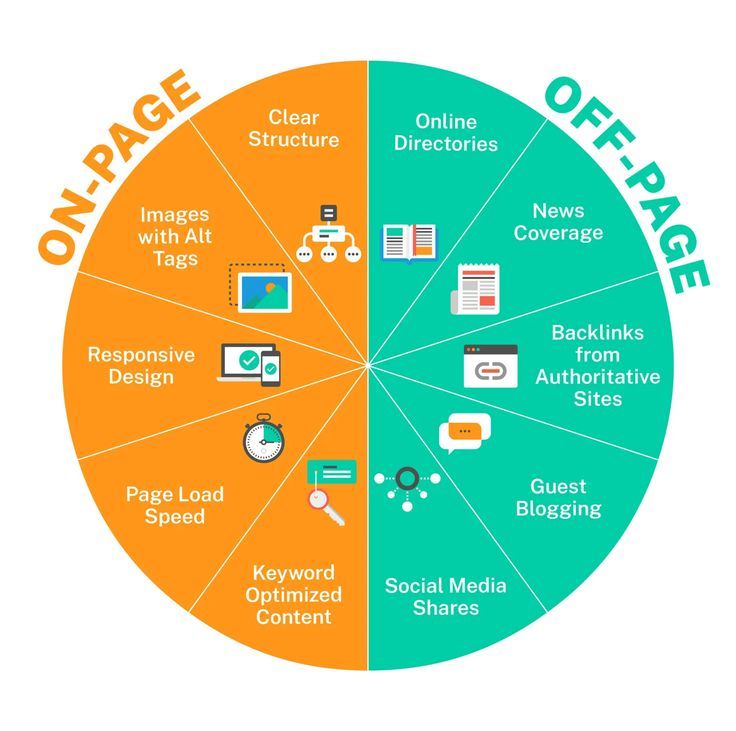What is Search Engine Optimization?

Search Engine Optimization (SEO) is the process of enhancing a website and its content to improve its visibility on search engines like Google, Bing, or Yahoo. The primary aim is to increase organic (unpaid) traffic by achieving higher rankings in search engine results pages (SERPs) for targeted keywords or phrases. SEO is not a one-time effort but an ongoing process that evolves with search engine algorithms and user behavior. By staying ahead of these changes and consistently optimizing, businesses can secure a competitive edge in their industry
.Bella’s Bakery wanted to bring more people through its doors and reach a wider audience online. After taking a closer look at their website, they realized it needed some work—pages were slow to load, it didn’t look great on phones, and important details like descriptions were missing. They started by figuring out what people were searching for, like “bakery near me” and “custom cakes in [city],” and used these keywords to update their website. They also created special pages to highlight their wedding cakes, custom designs, and organic treats .Bella’s Bakery wanted to bring more people through its doors and reach a wider audience online.

After taking a closer look at their website, they realized it needed some work—pages were slow to load, it didn’t look great on phones, and important details like descriptions were missing. They started by figuring out what people were searching for, like “bakery near me” and “custom cakes in [city],” and used these keywords to update their website. They also created special pages to highlight their wedding cakes, custom designs, and organic treats. Next, they turned their attention to local SEO. They polished up their Google My Business profile, adding eye-catching photos, accurate hours, and a warm description to attract local customers. Positive reviews from happy customers started rolling in, giving their profile a boost.
To connect with their audience even more, Bella’s Bakery wrote blog posts like “How to Choose the Perfect Wedding Cake,” which helped answer questions and drew in more visitors to their site. Behind the scenes, they sped up their website, made it mobile-friendly, and made sure search engines could find and understand their content. They even teamed up with local food bloggers to spread the word and get backlinks to their site. After just a few months, their efforts paid off. More people were finding them online, they started ranking on the first page for popular searches like “best bakery in [city],” and their online orders and in-store visits went up by 20%. Bella’s Bakery had not only boosted their online presence but also created stronger connections with their community, showing how a little SEO love can go a long way.

Types of Search Engine Optimization
On-Page SEO
- Focuses on optimizing elements within the website.
- Includes keyword research and placement, optimizing titles, meta descriptions, header tags, and improving content quality to match user intent.
Off-Page SEO
- Builds credibility and authority through external factors.
- Includes acquiring quality backlinks, engaging on social platforms, and encouraging brand mentions.
Technical SEO
- Enhances the technical framework of the site to improve search engine crawling and indexing.
- Covers aspects like website speed, mobile optimization, secure connections (HTTPS), and resolving technical errors like duplicate content or broken links.
Content Optimization
- Produces relevant, informative, and engaging content tailored to audience needs.
- Includes blogs, videos, tutorials, and infographics to boost engagement and attract natural links.
Keyword Research
- Involves discovering the terms users type into search engines.
- Drives strategies for creating content and improving rankings for high-value search terms.
Mobile SEO
- With mobile-first indexing, Google prioritizes the mobile version of a website for ranking.
- Ensure the site is mobile-friendly with responsive design, fast load times, and easy navigation.
Structured Data and Rich Snippets
- Implement schema markup to help search engines understand your content.
- Rich snippets (like reviews, FAQs, or product details) can enhance visibility and CTR.
Backlinks and Link Building
- Build a strong backlink profile by earning links from reputable and authoritative websites.
- Engage in guest blogging, partnerships, and creating link-worthy content.
Technical SEO Essentials
- Site Speed: Optimize images, enable caching, and use content delivery networks (CDNs).
- Crawlability: Ensure your site structure is easy for search engines to navigate.
- XML Sitemap: Submit a sitemap to search engines for better indexing.
- Canonical Tags: Avoid duplicate content issues by specifying canonical URLs.
Voice Search Optimization
- Optimize for conversational keywords as more users adopt voice search.
- Focus on natural language queries and answer-based content.

Trends in SEO
- AI and Machine Learning: Algorithms like Google’s RankBrain and BERT focus on understanding user intent.
- Core Web Vitals: Metrics like loading speed, interactivity, and visual stability affect rankings.
- Video SEO: Optimizing videos for YouTube and embedding them on websites can drive traffic.
- Local Search: Voice search and mobile-first indexing have amplified the importance of local SEO.
- Zero-Click Searches: Featured snippets, People Also Ask sections, and knowledge panels often fulfill user intent without clicks, making visibility in these areas crucial.
